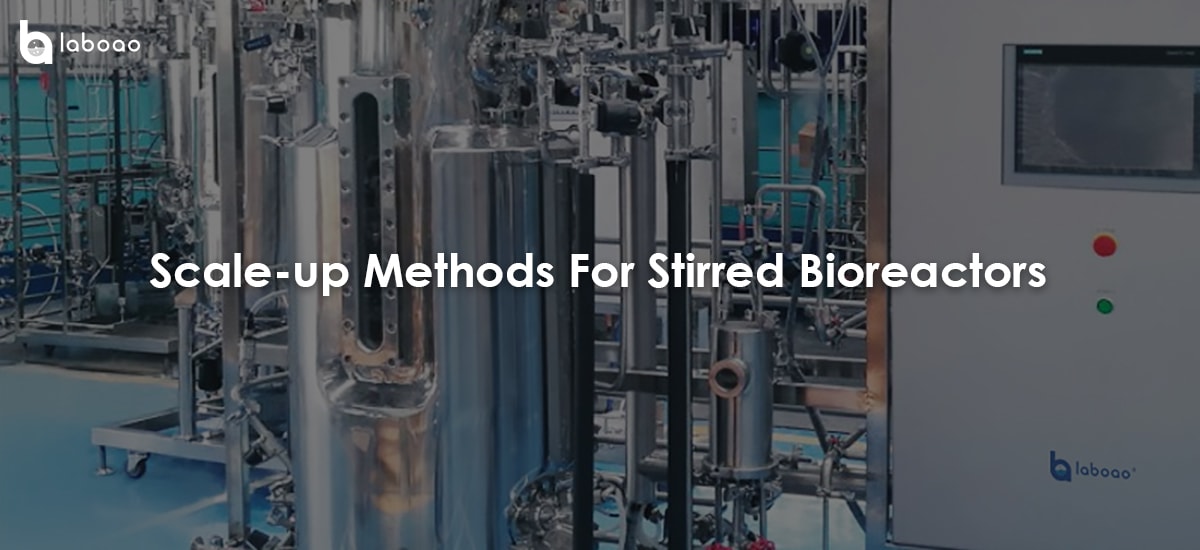
Theoretically, the development and design process of bioreaction processes and bioreactors should consist of the following three steps, namely:
① Test the biological cells used under a wide range of culture conditions to grasp the characteristics of cell growth kinetics and product production kinetics;
② Based on the above series of tests, determine the optimal culture medium formula and culture conditions for the biological reaction;
③ Solve the relevant microeconomic equations such as mass transfer, heat transfer, momentum transfer, etc., and derive the environmental conditions and main operating variables (stirring speed IV, ventilation volume Q, stirring power, matrix flow acceleration rate v) that can express the environmental conditions in the reactor etc.), and then apply this mathematical model to calculate the values of the main variables under optimization conditions.
However, due to the complexity of the biological reaction process, the kinetic equations that can fully describe the biological reaction process are extremely complex, so it is still very difficult to solve some differential equilibrium equations. As a result, it is difficult to completely follow the above ideal process to complete the design and scale-up of bioreactors.
In addition to the above theoretical methods, commonly used methods for amplification of bioreactors include semi-theoretical methods, dimensional analysis methods and empirical amplification methods.
(1) Theoretical amplification method
The so-called theoretical amplification method is to establish and solve the momentum, mass and energy balance equations of the reaction system. As mentioned before, this amplification method is very complex and currently difficult to apply in practice. But this method is the most systematic and based on scientific theory.
Theoretically, the biological reaction rate has nothing to do with the size and shape of the reaction vessel. But in fact, its reaction rate is affected by physical processes such as mass transfer, momentum transfer, and heat transfer, so biological reactions are inevitably affected by the reactor type and three-dimensional structure. The basic theoretical basis of amplification is similarity theory, and the basic characteristics of similarity theory are: two reaction systems can be described by the same differential equation, and power, heat and mass transfer and biochemical reactions exist simultaneously in one system.
(2) Semi-theoretical amplification method
The theoretical amplification method is difficult to solve the momentum balance equation. To solve this contradiction, the momentum equation can be simplified. There have been many research progresses on flow models for stirred tank reactors. The common point is that only the flow of the main body of the liquid flow is considered, while local complex flows such as the stirring impeller or near the reactor wall are ignored. There are three types of flow patterns: plug flow. , plug flow with liquid microelement dispersion and complete mixed flow.
(3)Dimensional analysis method
The so-called factorial amplification method is to maintain a constant number of factorless clusters (also known as quasi-counts) of parameters of the biological reaction system during the amplification process. Although there are strict limitations to the application of the factorial analysis method, the method is still very useful. If the momentum, mass and heat accounting of the reaction system and the associated boundary and initial conditions are written in a factorless form for use in the amplification process, this is the factorial analysis method of amplification.
(4) Experience amplification method
At present, the most widely used method is design based on experience.According to empirical amplification, it is generally only possible to ensure that individual criteria are equal after amplification. For this reason, it is necessary to consider whether changes in other criteria will cause changes in flow patterns or cause damage to microorganisms, and make modifications accordingly.
Conclusion
Although the structure of stirred reactors is relatively simple, the fluid flow and mixing processes in different stirred reactors are quite complex due to the simultaneous involvement of biochemical reactions and physical processes.
At present, the design and scale-up of stirred reactors mainly rely on empirical methods to solve the problems, such as long design cycle and large deviation, which bring huge economic losses. How to accurately describe and simulate the mixing process and flow condition in the stirred reactor, and provide theoretical guidance for its optimal design and scale-up, is an important development direction of bioreactor technology research.